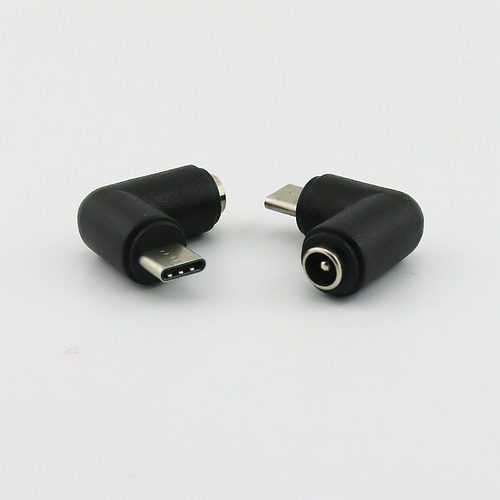Hi. I recently acquired a Rockpi 4 with ssd nvme. I still have not received the shipment, but I am receiving it tomorrow, so I have not yet seen the package. I would like to ask some questions before proceeding.
1- Should I put refrigerant in the mass sink?
2- I will install the Dietpi operating system in the nvme. I would like to know if I should use about 30 Gb for the operating system and what is left over for storage or if it is preferable to use an external pendrive for that purpose.
3- What systems should I use to format the disk in both cases, storage and operating system.
4 Is there a manual to follow? Thank you
New Dietpi sistem on Rockpi 4
Hi
Well
1 - Did you mean cooler? Is not necessary, but if you live in environments with very high temperatures maybe.
2 - I don’t know if Dietpi is ready to work on MVME I haven’t had a chance to test. Dietpi only needs 4gb See Getting started.
3 - Use the Etcher to format and record the system, as is mentioned in the Dietpi own site.
See dietpi Getting Started https://dietpi.com/phpbb/viewtopic.php?p=9#p9
Remember Dietpi is in Beta for Rock Pi 4 so don’t expect great performance.
Hi, thanks for responding and sorry for the delay in responding. I was referring to the coolant gel, but I have received the shipment and I have verified that it comes with a coolant gel packet.
Now my question is whether I should not have bought the ROCK PI 802.3at PoE HAT, and I don’t know if it is essential using nvme ssd or if a Heat Sink for NVMe SSD 2280 is sufficient. I’m Lost.
I’m shop rhis ítems:
| USB 2.0 Male Type A to C 3A 1m for ROCK PI 4 | 1 |
|---|---|
 |
1|Power Supply Adapter QC 3.0 for ROCK PI 4|1|
|
1|ROCK PI 4x - M.2 Extension board v1.4|1|
|
1|ROCK PI 4B - Board only (With Dualband 2,4/5GHz WLAN/Bluetooth 5.0)
4GB v1.4|
And one ecoPI PRO HP Aluminum housing for ROCK
And and I have a ssd nvme memory
and my doubtI don’t know how serious it is not bought ROCK PI 802.3at PoE HAT.
sorry my english is from Google translator
PoE stands for Power over Ethernet. It is alternative power option. You have a regular charger, which you can use to power the Rock Pi, instead of PoE.
I personally use DC 5.5x2.1 and 5.5x2.5 barrel jack power supplies with simple adapter.
I also use a power supply just like yours, the POE is for a specific use where one does not have an outlet near Rock Pi 4 but has an outlet near the router.
About the heatsink on the SSD depends on the ambient temperature. Do you use air conditioning? If you go for the cheaper SSD models there is no need. If you are looking for more expensive models above 1500Mbs, use is recommended. When in doubt buy a sink.
Hello, sorry for the delay in answering. I have managed to stop worrying about the issue of temperature since I realized that the normal operating temperature of a raspberry pi that I have as a server, is at the same centigrade as the rockpi with a desktop. I am still testing desks. Until now the best is Armbian, since Debian is not configurable, at least not for my level of knowledge, since it did not even let me configure a new username and password, and it gave me terrible headaches to configure language. Manjaro is very robust since it is identical to the desktop it offers for pc, but it is slower than Armbian and has problems with wifi, in the same way as Dietpi, because I did not manage to configure the first start, since it cannot connect to the wifi, and to top it off at the moment I don’t have access to the wired connection. Nothing more right now. Regards.
You don’t typically need to put refrigerant in the heatsink. Modern heatsinks are designed to dissipate heat efficiently on their own. If the RockPi 4 comes with a pre-installed heatsink, it should work effectively without any additional modifications.
The amount of space you allocate for the operating system on your NVMe SSD depends on your specific requirements. 30 GB is usually more than enough for a typical Linux distribution like DietPi. However, if you plan to use the SSD for more than just the operating system, you may want to allocate more space. Using an external USB drive for additional storage is an option, but it might be more convenient to have everything on the NVMe SSD if you have enough space.
To format the NVMe SSD and set up partitions, you can use tools like GParted, parted, or fdisk on Linux. If you’re installing DietPi, the installation process will likely include an option to format and partition the drive. Make sure to follow the instructions provided during the DietPi installation.
There should be documentation available from the RockPi website or DietPi’s official website that can guide you through the setup process. Make sure to consult the official documentation and installation guides specific to your hardware and software to ensure a smooth setup process.
